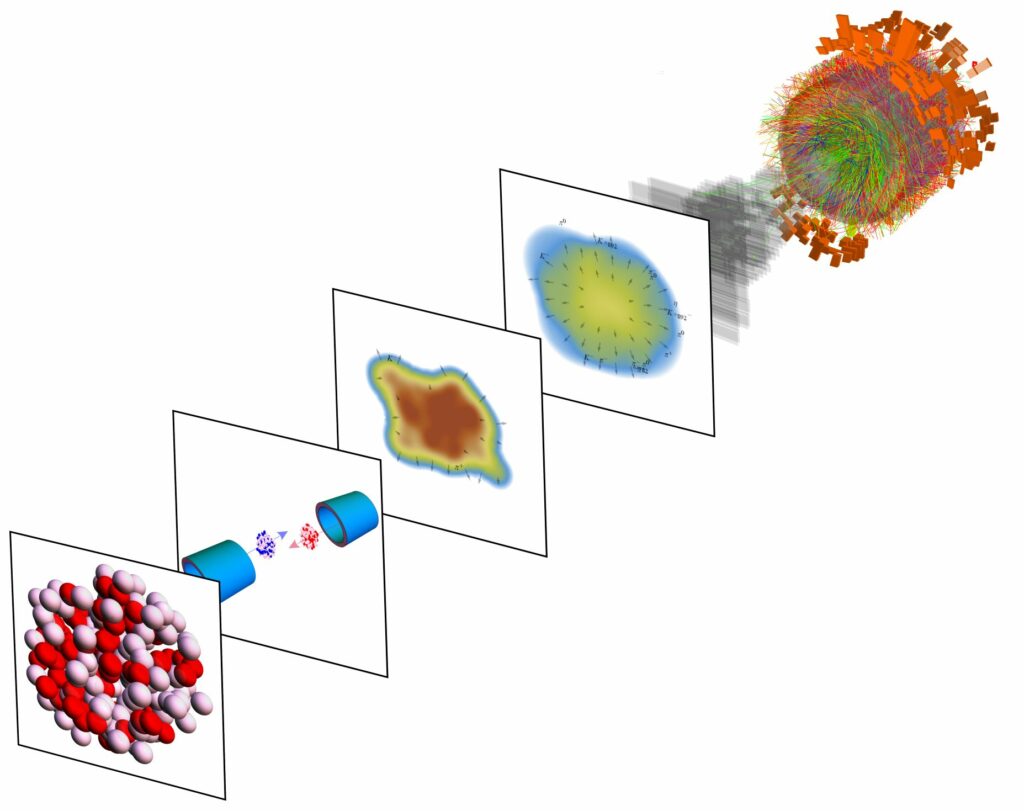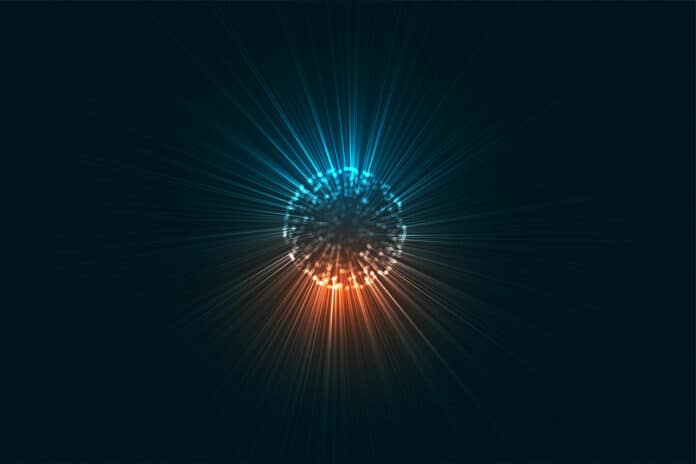The nucleus of Lead-208 is neutron-rich, containing 82 protons and 126 neutrons. Its structure is one of its more intriguing features; protons and neutrons coexist at its center, while a diffuse shell of neutrons surrounds its outer edges. It is known as the neutron “skin.”
Studying the neutron skin can contribute to our understanding of quantum chromodynamics, or the behavior of quarks and gluons within the nucleus exchange particles of the strong force. This can also be used in astrophysics to learn more about the structure of neutron stars, stars with a core as dense as the Sun that remain after a star has had a supernova explosion.
The thickness of the lead-208 neutron skin has been measured by theoretical physicists at CERN using data from heavy-ion runs of the Large Hadron Collider. Scientists could determine the neutron skin by measuring particle distributions and their collective flow in collisions at ultrarelativistic energy at the Large Hadron Collider. These measurements are mediated by gluon interactions and are, therefore, sensitive to the total size of the colliding Lead-208 ions.

The thickness of the lead-208 neutron skin is 0.217±0.058 femtometres. This agrees with earlier measurements made by other groups utilizing various techniques. Overall, the scientists used 670 data points from Runs 1 and 2 of the LHC, most of which came from the ALICE experiment and some from ATLAS and CMS.
High-energy collisions between lead-208 beams fired in opposing directions occur during the heavy-ion run at the Large Hadron Collider. These nuclei are “squashed” into a flat pancake traveling at nearly the speed of light because they are Lorentz-contracted by factors of up to 2500.
Quark-gluon plasma is created when the gluons keeping the quarks inside the nucleons are torn apart at the moment of collision due to the tremendous energy and pressure in the colliding nuclei. Quark-gluon plasma is hypothesized to be at the center of neutron stars and to have been the universe’s composition shortly after the Big Bang.
This plasma decays into particles in the LHC as temperature and pressure drop, and LHC detectors can monitor these particles to reveal the quark-gluon plasma’s characteristics. The distribution of protons and neutrons determines the size and form of the quark-gluon plasma in lead-208. This enables scientists to compute the thickness of the lead-208 nucleus’ neutron skin by enabling them to “see” the nucleus’ structure.
Wilke van der Schee, from CERN’s Theoretical Physics department, one of the paper’s authors, said, “What is exciting about this new determination is that it is done using only existing data and yet gives a competitive uncertainty when compared to other experimental determinations. In the future, more dedicated measurements can improve the extraction’s precision from LHC data.”
Giuliano Giacalone, one of the paper’s authors from Heidelberg University, said, “The result connects the research of physicists from seemingly distant areas in an unprecedented way. It brings together the topics of high-energy nuclear collisions, neutron stars and nuclear structure.”
Journal Reference:
- Giuliano Giacalone, Govert Nijs, and Wilke van der Schee. Determination of the Neutron Skin of 208 Pb from Ultrarelativistic Nuclear Collisions. Phys. Rev. Lett. DOI: 10.1103/PhysRevLett.131.202302
